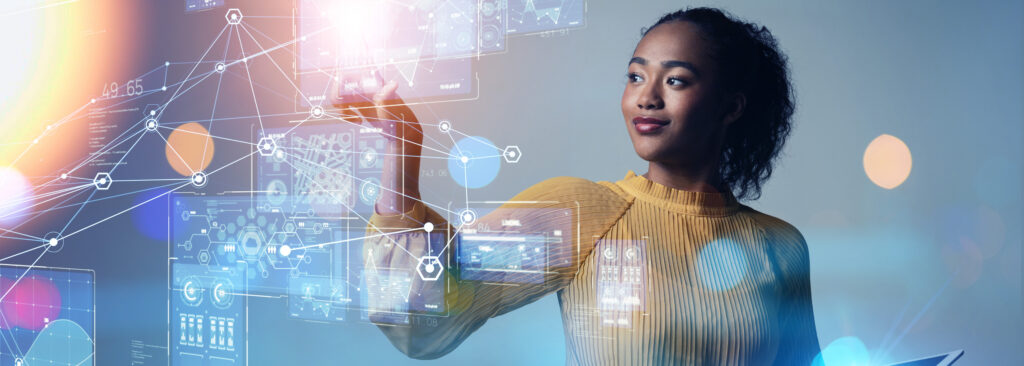Our offices will be closed for the holiday season from December 25, 2025, to January 11, 2026. For urgent matters, please contact support@pecb.com.
Our offices will be closed for the holiday season from December 25, 2025, to January 11, 2026. For urgent matters, please contact support@pecb.com.
Our offices will be closed for the holiday season from December 25, 2025, to January 11, 2026. For urgent matters, please contact support@pecb.com.
MIN READ
The Internet of Things (IoT) is the interconnection of physical devices, vehicles, machines, buildings, and other items with computers or other devices over the internet.
It is an emerging technology that has impacted lifestyles and has changed the way we think and act, and the way we interact with each other. It has also changed the way we work as it enables very large-scale monitoring, control, and automation, and has impacted the digital transformation of organizations in different industries.
The Internet of Things (IoT) allows objects and everyday products to be connected in a digital network, enabling sensors to gather information about the device, software to monitor its performance and collect data, and users to control it.
One of the most crucial components which characterize IoT is the connectivity between all IoT devices which are part of what is known as the IoT ecosystem. The IoT ecosystem consists of IoT devices, security, network, gateway, the cloud, application, and users.
IoT devices sense information from their surroundings and collect them as data that is stored in cloud servers. This is done by using sensors that are implanted in physical objects such as mobile phones, smart watches, smart home devices, car devices, etc.
After getting information from the environment, IoT sensors share the gathered data with the cloud. This connection between the sensors and the cloud can be executed through cellular, satellite, Bluetooth, internet, or other connection options.
Once the data is transmitted to the cloud, the cloud is responsible to process, analyze, and send back the outputs. The complexity of the processes depends on the information received from the environment, the system, and the product. For example, checking the temperature in the room is considered a simple task. On the other hand, home security-related events, such as identifying an intruder, are a more complex process.
In the final stage, the output is transmitted to the users, for example through an alert, text messages, etc. At this stage, the user might have to proactively interact with an IoT device or actions can be automatically performed.
The process of IoT and its main components are explained below.
Digital transformation is an ongoing process helping organizations integrate and increase the use of digital technology to achieve long-term growth and be aligned with the fast-paced evolving industry.
Without a doubt, a variable that is significantly affecting digital transformation is IoT. IDC predicts that by 2025, there will be 55.7 billion connected IoT devices generating almost 80 billion zettabytes (ZB) of data.
All the valuable data generated by IoT devices can be used by organizations to accelerate their digital transformation. For example, they can be used to assess their customers’ needs and then provide services on that basis. Furthermore, it can increase interactivity with clients, hence increasing their satisfaction. IoT can also assist the staff and make it possible for operations to be done anywhere and at any time. It also enables the implementation of new tools and strategies.
IoT impacts organizations’ digital transformation as it opens up new investment opportunities, reduces operational costs, improves customer experience, improves productivity, efficacy, and efficiency, improves decision-making, empowers business models, and increases revenue.
IoT is becoming the future of digital transformation in different sectors like healthcare, government and education, security, communication, agriculture, and transportation – to name a few.
Digitalization has made great progress over the past few years, resulting in a higher number of opportunities and resources for individuals and organizations worldwide. This digitalization is highly connected with the newest innovations in IoT and its top trends:
Digital transformation and the use of IoT are highly beneficial for organizations that want to remain competitive. They help organizations achieve greater efficiency, cost-saving, and customer engagement. Furthermore, they can be used to automate many tasks and activities which automatically allow employees to focus more on strategic tasks, use their time more wisely, and increase their productivity.
About the Author
Vlerë Hyseni is the Digital Content Officer at PECB. She is in charge of doing research, creating, and developing digital content for a variety of industries. If you have any questions, please do not hesitate to contact her at: content@pecb.com
Share


